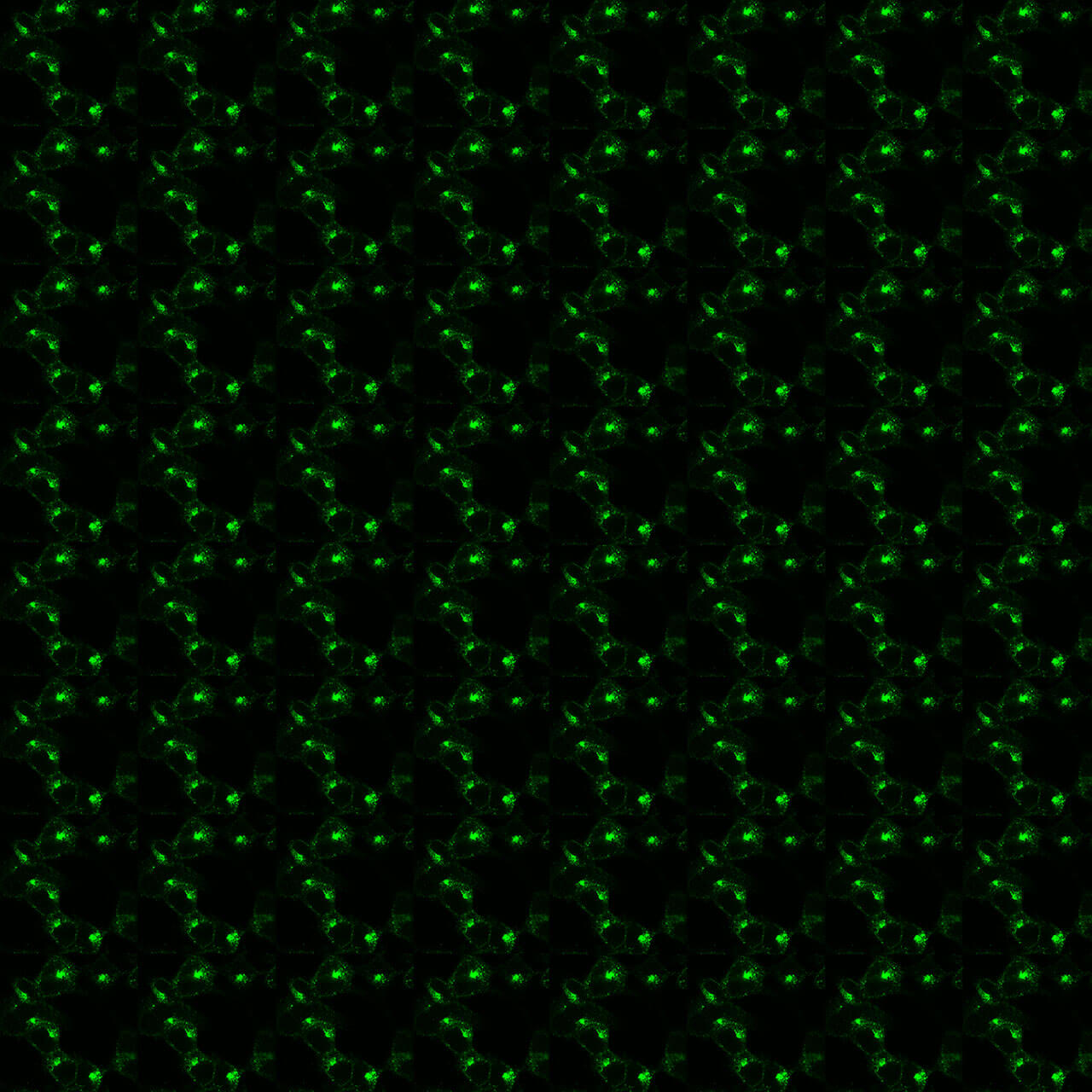No results were found for the filter!
Citations
KO-Validated
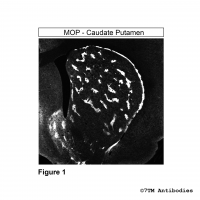 MOP (IHC-grade), µ-Opioid Receptor Antibody
MOP (IHC-grade), µ-Opioid Receptor Antibody The µ-Opioid Receptor antibody is directed against the distal end of the carboxyl-terminal tail of mouse, rat and human MOP. It detects selectively the canonical form of MOP and none of the putative splice variants. In can be used to...
$ 375.00 *
NEW
 GPR35 (IHC-grade), GPR35 Receptor Antibody
GPR35 (IHC-grade), GPR35 Receptor Antibody The GPR35 receptor antibody is directed against the distal part of the carboxyl-terminal tail of human GPR35. It can be used to detect total GPR35 receptors in Western blots independent of phosphorylation. The GPR35 antibody can also be...
$ 375.00 *
Citations
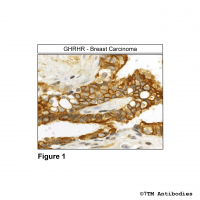 GHRHR (IHC-grade), GHRH Receptor Antibody
GHRHR (IHC-grade), GHRH Receptor Antibody The GHRH receptor antibody is directed against the distal end of the carboxyl-terminal tail of human Growth Hormone-Releasing Hormone Receptor. It detects the canonical form of GHRHR as well as the amino-terminal splice variant SV1. It...
$ 375.00 *
NEW
 FFA4 (IHC-grade), FFA4 Receptor Antibody
FFA4 (IHC-grade), FFA4 Receptor Antibody The FFA4 receptor antibody is directed against the distal part of the carboxyl-terminal tail of human FFA4. It can be used to detect total FFA4 receptors in Western blots independent of phosphorylation. The FFA4 antibody can also be used...
$ 375.00 *
Citations
KO-Validated
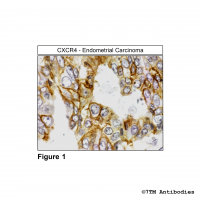 CXCR4 (IHC-grade), CXC Chemokine Receptor 4...
CXCR4 (IHC-grade), CXC Chemokine Receptor 4... The CXCR4 receptor antibody is directed against the distal end of the carboxyl-terminal tail of mouse, rat and human CXCR4. It can be used to detect CXCR4 receptors in Western blots in a phosphorylation-sensitive manner. After agonist...
$ 375.00 *
Citations
KO-Validated
 CRF1 (IHC-grade), Corticotropin-Releasing...
CRF1 (IHC-grade), Corticotropin-Releasing... The CRF1 receptor antibody is directed against the distal part of the carboxyl-terminal tail of human CRF1. It can be used to detect total CRF1 receptors in Western blots independent of phosphorylation. The CRF1 antibody can also be used...
$ 375.00 *
Citations
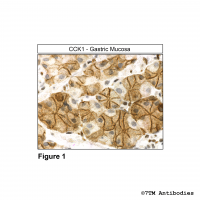 CCK1 (IHC-grade), Cholecystokinin Receptor 1...
CCK1 (IHC-grade), Cholecystokinin Receptor 1... The CCK1 receptor antibody is directed against the distal end of the carboxyl-terminal tail of human Cholecystokinin Receptor 1 (previously called CCKA). It can be used to detect total CCK1 receptors in Western blots independent of...
$ 375.00 *
Citations
 BB3 (IHC-grade), Bombesin Receptor 3 Antibody
BB3 (IHC-grade), Bombesin Receptor 3 Antibody The BB3 receptor antibody is directed against the distal end of the carboxyl-terminal tail of human Bombesin Receptor 3. It can be used to detect BB3 in formalin-fixed, paraffin-embedded tissue sections by immunohistochemistry.
$ 375.00 *
Citations
 BB2 (IHC-grade), Bombesin Receptor...
BB2 (IHC-grade), Bombesin Receptor... The BB2/GRPR receptor antibody is directed against the distal end of the carboxyl-terminal tail of human Bombesin Receptor 2 (previously called Gastrin-Releasing Peptide Receptor). It can be used to detect total BB2 receptors in Western...
$ 375.00 *
Citations
KO-Validated
 B2 (IHC-grade), Bradykinin Receptor 2 Antibody
B2 (IHC-grade), Bradykinin Receptor 2 Antibody The B2 receptor antibody is directed against the distal part of the carboxyl-terminal tail of human B2. It can be used to detect total B2 receptors in Western blots independent of phosphorylation. The B2 antibody can also be used to...
$ 375.00 *
Recently viewed

